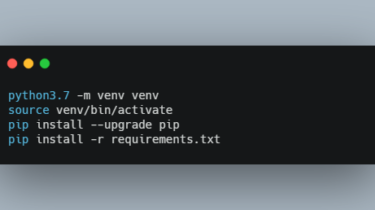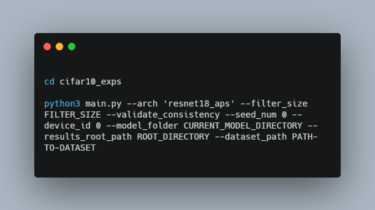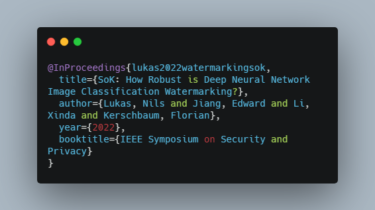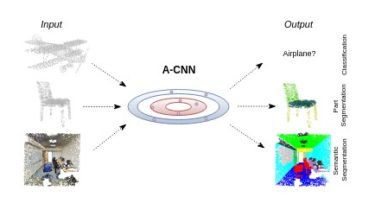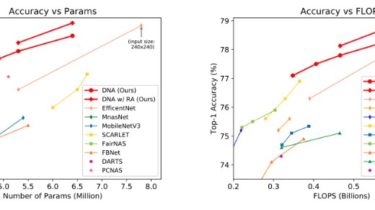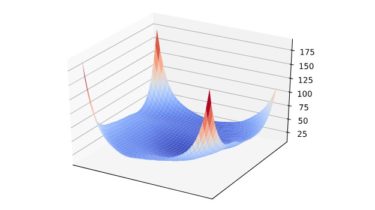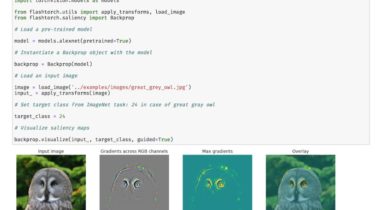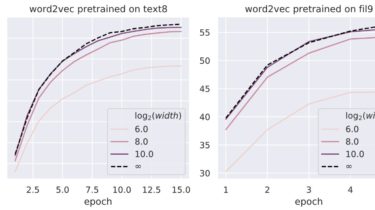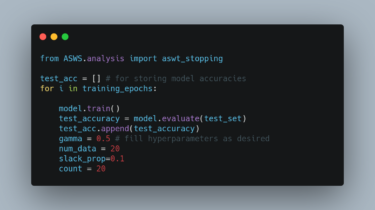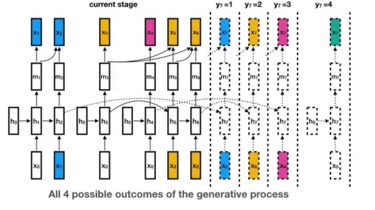Spectral Temporal Graph Neural Network for Multivariate Time-series Forecasting
StemGNN This repository is the official implementation of Spectral Temporal Graph Neural Network for Multivariate Time-series Forecasting. Requirements Recommended version of OS & Python: To install python dependencies, virtualenv is recommended, sudo apt install python3.7-venv to install virtualenv for python3.7. All the python dependencies are verified for pip==20.1.1 and setuptools==41.2.0. Run the following commands to create a venv and install python dependencies: python3.7 -m venv venv source venv/bin/activate pip install –upgrade pip pip install -r requirements.txt Datasets PEMS03,PEMS04,PEMS07,PEMS08,METR-LA,PEMS-BAY,Solar,Electricity,ECG5000,COVID-19 We can […]
Read more